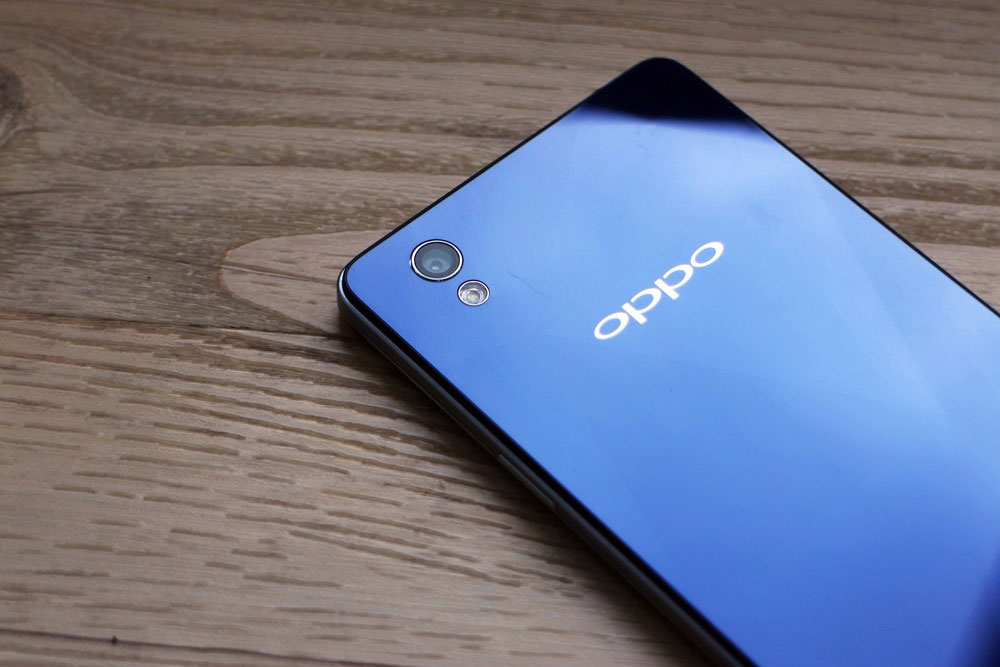Apple’s next iPhone, as previously reported, is slated to debut this week, and the company is all but expected to bring the Force Touch feature found in the Apple Watch and a few MacBooks to its smartphone line.
For those not in the know, Force Touch is Apple’s term for its touch-input technology, which allows a device or machine to differentiate between light taps and harder presses on a touch-sensitive surface. On the Apple Watch, for example, pressing firmly on the screen while in the Messages app brings up additional controls.
It’s helpful — and maybe, in some cases, absolutely necessary in the context of smaller surfaces. Hence the excitement over Force Touch possibly being introduced in iPhones, and later, iPads.
But guess what? The idea of determining the force of a tap is nothing new to Android. In fact, Android has had Force Touch sensing as early as 2009, says Pocketnow. There’s even an app called Force Touch Demo to showcase Android’s touch-sensing capabilities.
The idea of determining the force of a tap is nothing new to Android. In fact, Android has had Force Touch sensing as early as 2009.
Alternatively, you can enable developer settings in the main settings menu, and activate “Show touches” and “Pointer location” to track how much force is being applied to the screen. Do note that not all screens are created equally, so your mileage may vary.
But why isn’t Google making a big fuss out of this, and why aren’t developers coming up with apps that, at least to some extent, make better use of Android’s pressure-sensing feature? Developer Adam Outler, creator of Force Touch Demo, has put together a pretty solid answer. “How is this useful? It’s not, really. It just adds a level of complexity to a user experience,” Outler wrote on his Google+ page.
‘How is this useful? It’s not, really. It just adds a level of complexity to a user experience,’ a developer wrote on his Google+ page.
I’m inclined to agree, seeing that the screen size of Android devices has been steadily expanding over the last few years, as manufacturers continue to find ways to shrink the bezels around the display. Unless, of course, Apple proves yet again that it can reinvent the smartphone, this time with Force Touch.
[youtube link=”https://www.youtube.com/watch?v=qH70ERrkuTA” width=”560″ height=”315″]









































































